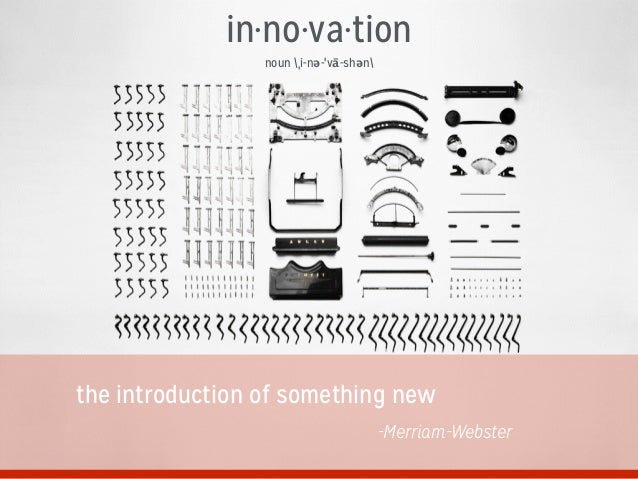

Mobile operator O2 once faced an outage lasting more than a day one of its customer service representatives spontaneously took to responding to angry tweets with a sense of humour. an employee gave flowers to a customer who lost her husband. Zappos gives its employees a certain amount of freedom to improvise in the ways they serve customers, eg. Scripts are like bulletproof vests but can sometimes become straitjackets. “Sometimes the mess produces something worth having – even, or especially if, it wasn’t what you were aiming for,” Tim explains. Success requires a willingness to cope with messy situations. Stand-up comedians are also masters of improvisation. By stopping excessive filtering of ideas, they allow the mess of new ideas to flow out, which can produce flashes of pure brilliance. “Improvising musicians shut down their inner critics,” says Tim.

Some of the tracks contain what may come across as mistakes, but became triggers for amazing solos. Jazz trumpeter Miles Davis preferred to record first-takes for his albums, rather than re-recording and splicing. The speech originally titled “Normalcy, Never Again” became the legendary “I Have a Dream.” He departed from the script, listened to the crowd, and felt out their responses. Martin Luther King used to meticulously prepare for his speeches, but his most famous speech of all was improvised as he went along. Offices are workplaces and not tidy cemeteries. What matters more than how the place looks is what it does people flourish when they control their own space, argues Tim. Networking happened more in Pixar’s employee-designed creative Love Lounge than around elegant conference-room tables with place cards. Steve Jobs insisted on office space designs that promoted serendipitous interactions, such as an atrium that connects cafes, mailboxes, conference rooms, and gaming areas. Google’s headquarters over the years also have had mish-mash elements of the “anything goes” mentality (the company was even in a garage in 1998). “The unlikely mess made possible chance interactions among innovative researchers that paid such spectacular dividends,” Tim observes. The messy building with disorderly room numbering let its residents poke around and even do wiring on their own, eventually spawning hacker culture and video gamers as well. The building housed defence, data processing, press, photography and even linguistics centres. MIT’s Building 20 was an ugly building constructed during World War II – but produced nine Nobel Prize winners as well as technologies like radar, commercial atomic clocks, anechoic chambers and Bose speakers. Some managers have promoted excessive tidiness and neatness, but at the cost of deep resentment from employees. “Hard” elements (such as location of windows) should be blended with “soft” elements (personalisation with family photographs, souvenirs, scribbled storyboards). Workplaces should be inspiring and empowering, not just comfortable or pleasant it helps to have elements of participatory design as well. A blend of seriousness and play could work better instead. This works well in factory floors, but not offices, argues Tim. One school of thought calls for tidy, minimalist spaces that draw on the ‘5 S’ framework – sort, straighten, shine, standardise and sustain. Much attention has focused on the connection between workplace design and employees’ creativity and performance.

Bonding, conflict and reconciliation can lead to new levels of performance excellence. Other studies show that goal harmony is more important than team harmony with an overarching, important and compelling goal, people are willing to set aside differences and work together.


 0 kommentar(er)
0 kommentar(er)
